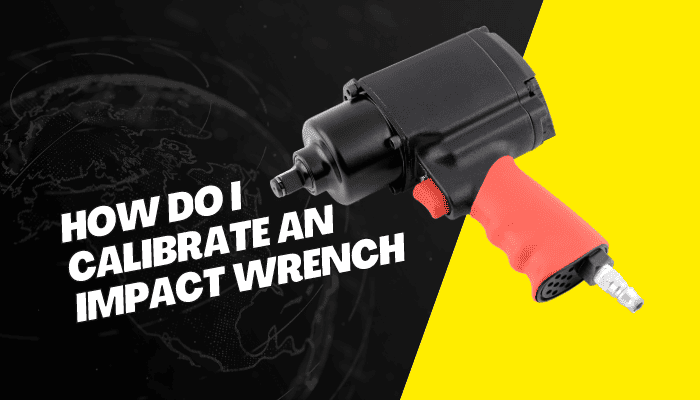Ans: Torque wrenches are a vital tool for any mechanic and DIY enthusiast, making it possible to apply the exact amount of torque needed to ensure the proper installation of components. In order to get the most out of your torque wrench, here are some top tips and tricks:
Read Also: Top 5 Best Torque Wrench For Motorcycles
- Ensure you’re using the correct torque wrench size for the job. A smaller-sized one may be too weak for certain applications, while a larger model might be overkill.
- Before using a new or unfamiliar wrench, practice on something other than your project piece(s). This will help you become familiar with the mechanics of its operation and how much force is required from each click or turn.
- Take care when storing your tool – many models need to remain in a calibrated state at all times, so find a clean, dry spot away from potential jostles that could knock it off course.
- Clean regularly – dirt build-up can affect calibration accuracy over time. Use an approved lubricant per manufacturer directions as needed.
- Always set your desired level before applying pressure; doing so after engaging can strip threads or other damaged fasteners.
- After every use, always return your torque wrench to its factory setting by backing off any adjusting knobs until the setting returns to zero, indicating full release. This will maintain accuracy between uses and prevent accidental application.
- Make sure not to exceed maximum safe limits; these vary between models depending on design type, such as beam-type wrenches having simpler mechanical principles behind them in comparison with digital ones offering more accuracy & safety options but needing longer warm-up cycles prior to usage, etc. Generally speaking, higher max values mean lower levels of accuracy within tolerable ranges, though, so keep this also in mind when choosing applications. Lowering overall preset readings below safe levels isn’t recommended either.
- When tightening critical bolts (which generally require relatively high torques), use two different spreaders consecutively at 90 degrees intervals apart instead relying just upon one alone. Doing so further guarantees against joint loosening due to fewer chances of having uneven distribution around the bolt head perimeter & nut base, respectively.
Read Also: Top 5 Best Digital Torque Wrench with Angle
Practicing these tips should help improve efficiency and quality control during usage, with today’s sophisticated equipment available on the market. Finding suitable fitment for best performance requirements neither have been easier before! So go ahead and explore a wide range of types offered by various dealers knowing that finding optimal solutions won’t take long anymore.







